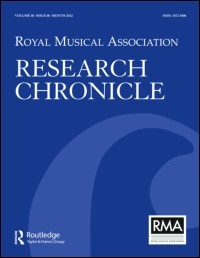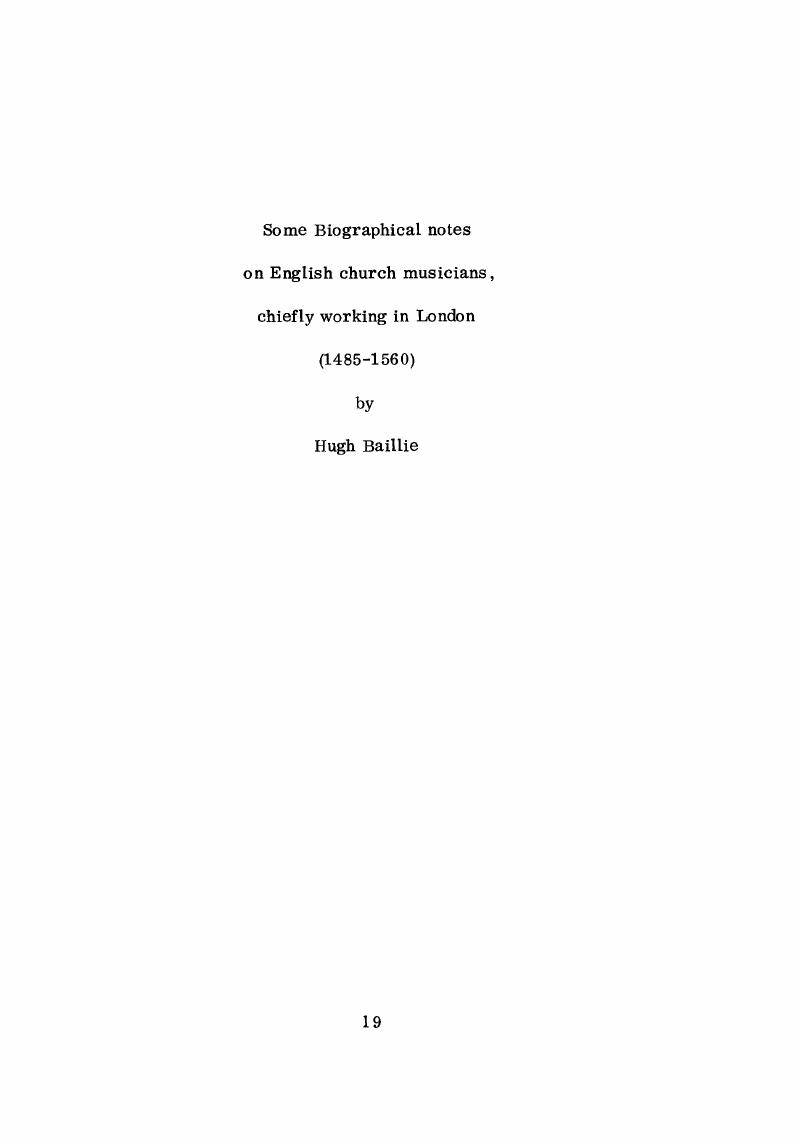Crossref Citations
This article has been cited by the following publications. This list is generated based on data provided by Crossref.
Josephson, David
1972.
In Search of the Historical Taverner.
Tempo,
p.
40.
Bent, Margaret
and
Bowers, Roger
1981.
The Saxilby fragment.
Early Music History,
Vol. 1,
Issue. ,
p.
1.
Erler, Mary C.
2014.
Editing, Performance, Texts.
p.
93.



